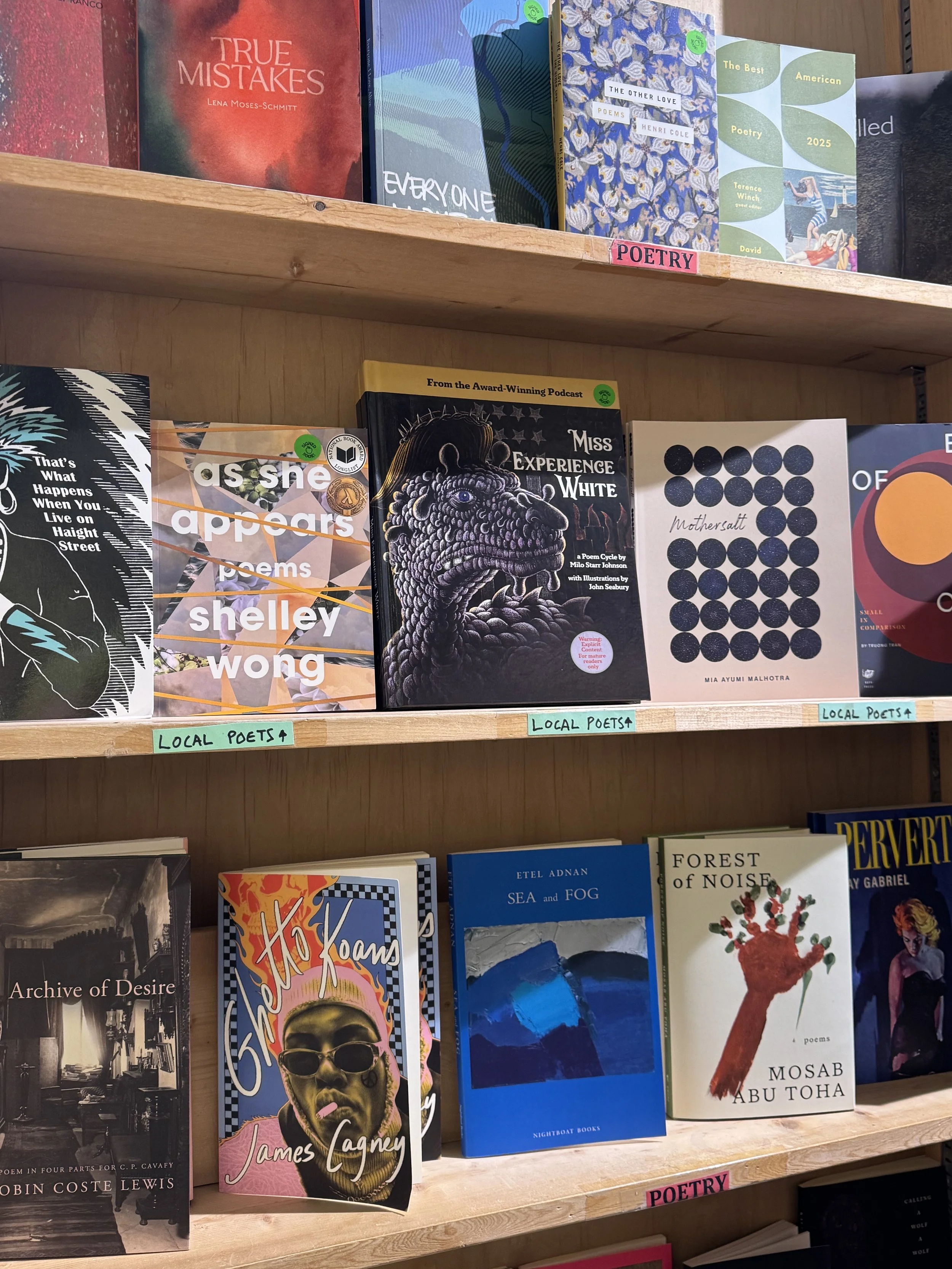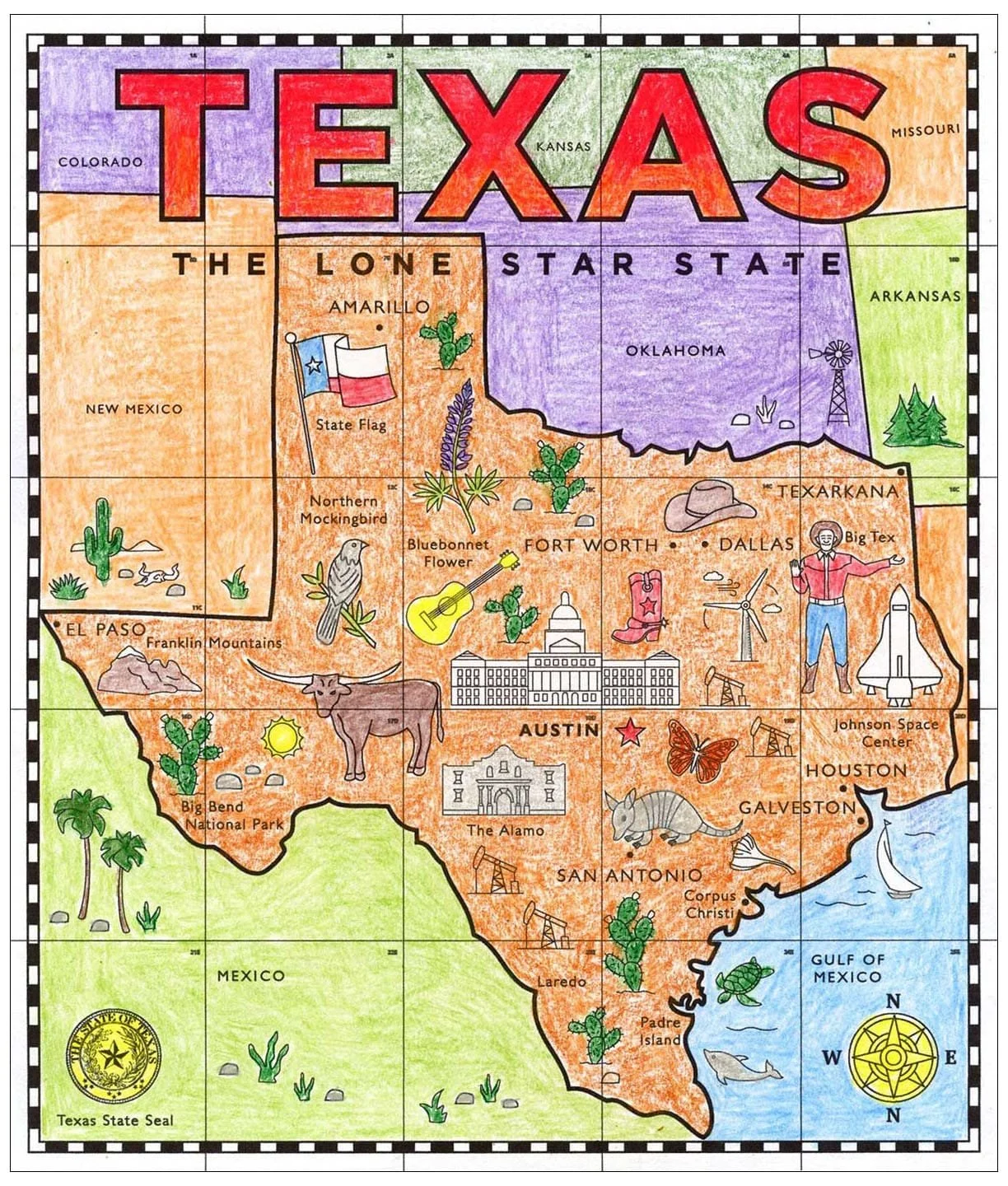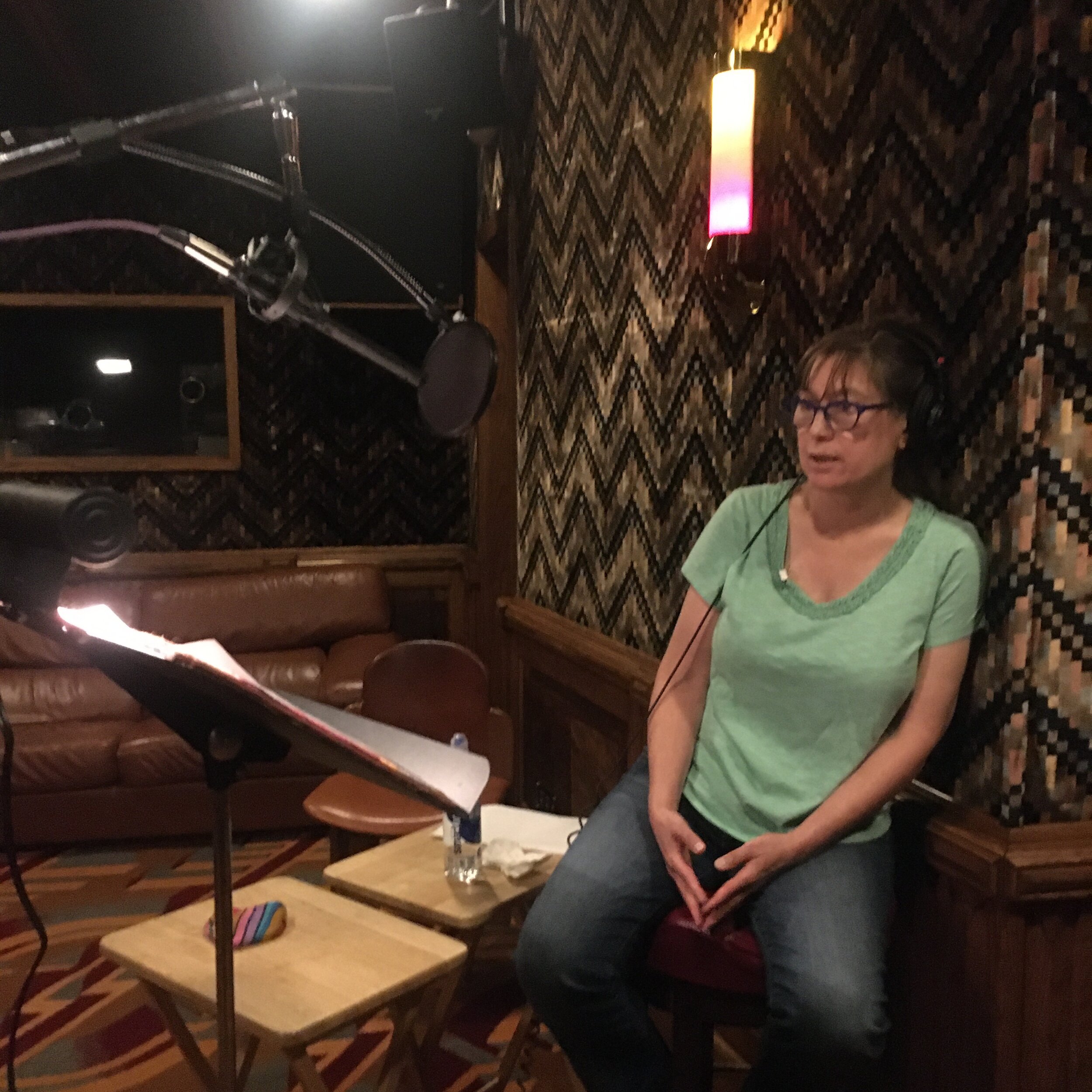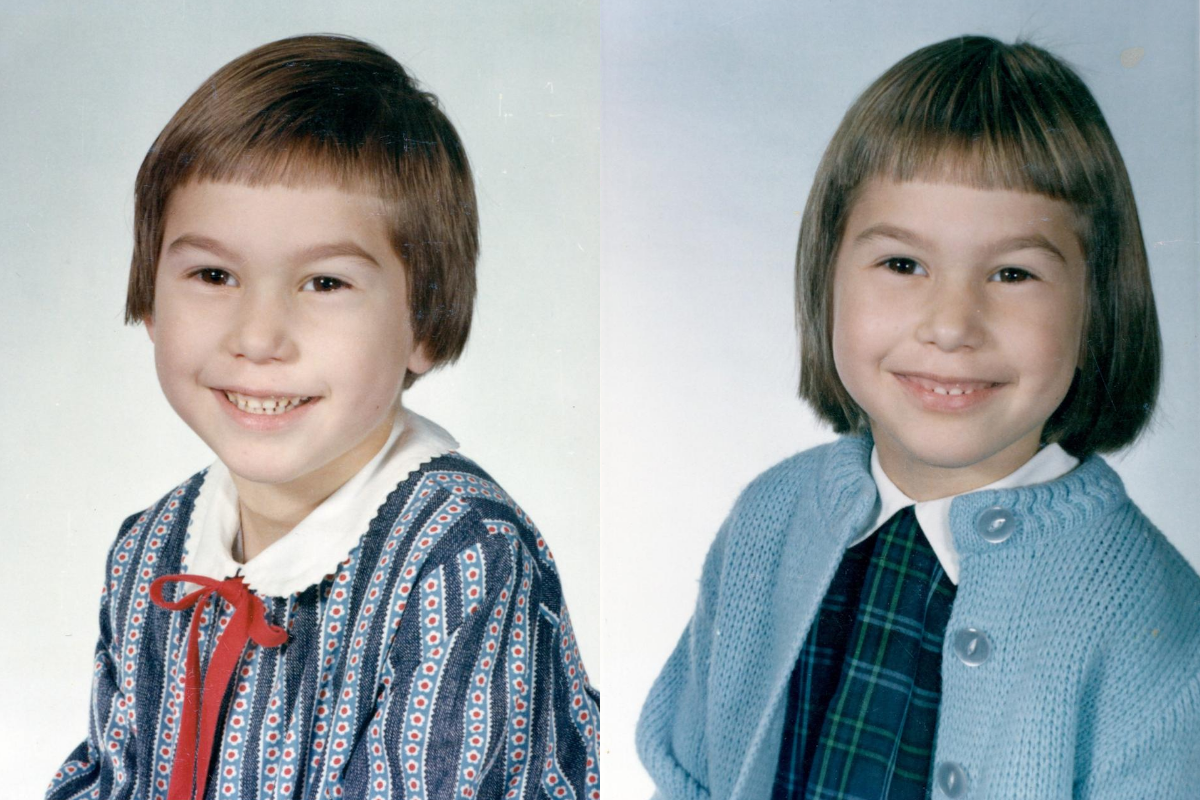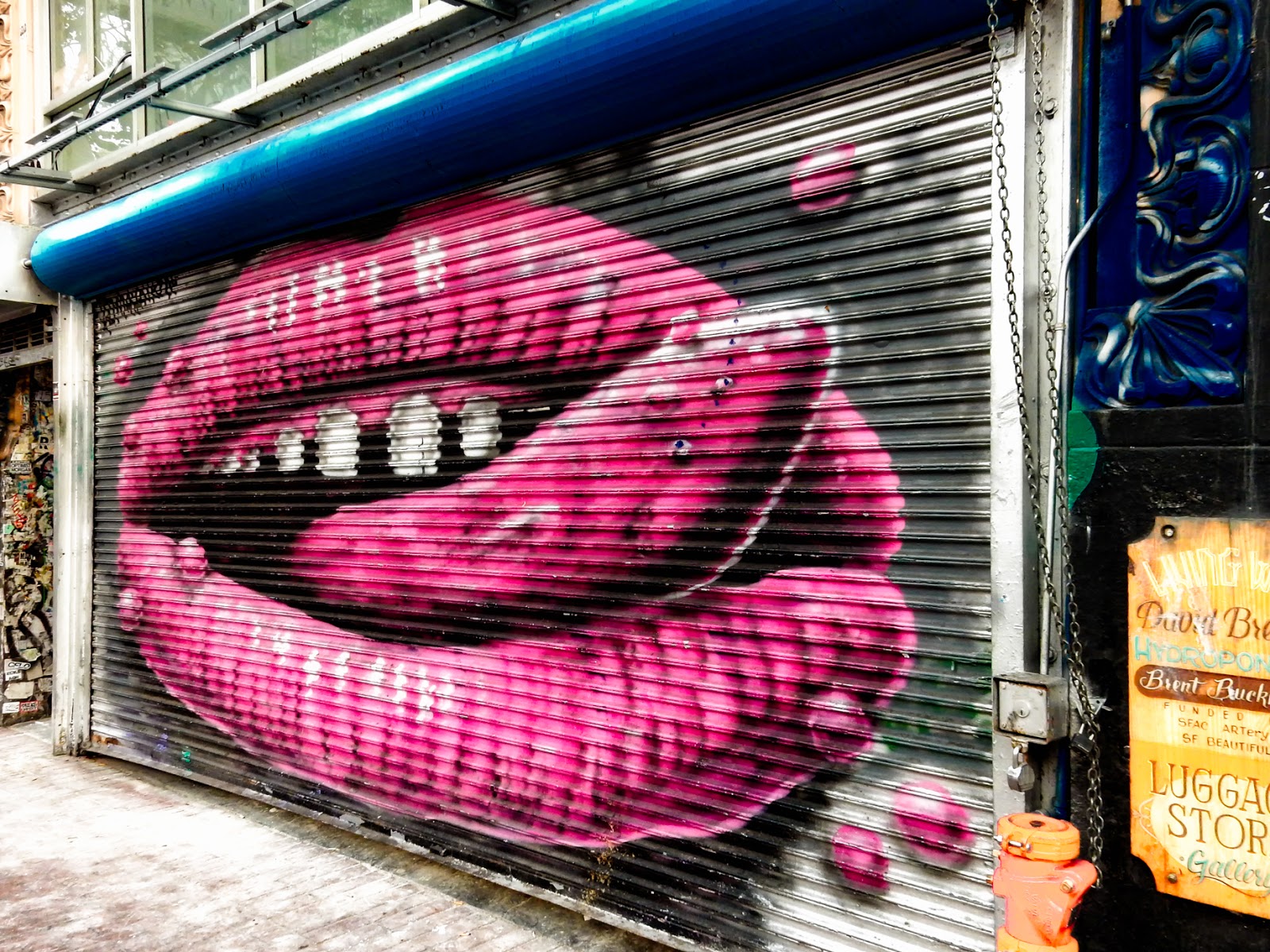As a self-published author marketing my book Miss Experience White, by now I’ve gone to all the bookstores in San Francisco, many in East Bay and a few in Marin. Most of the time Miss Experience White has been greeted with enthusiasm. And these days, what’s not to like about a lavishly illustrated, surrealistic political poem cycle about destroying the demon of white supremacy (aka Tyrannosaurus Wonderbread) and dealing with white privilege?
Some stores refuse to carry small press and self-published books, and having worked in bookstores I get it, though it’s still disappointing. But I had a hilarious experience in one such store, Mrs. Dalloway’s, in the East Bay. Showing staffers a copy, I made my pitch only to be snootily informed the store did not carry self-published books. As I turned to leave, the only customer in the store said, “I’ll buy that book!” So I went back to the car for a fresh copy and she paid me on Venmo, right there in the store, as the staffers looked on.
As we swing into full holiday mode--full bellied from Thanksgiving and other feasts--to begin shopping, I hope you’ll give serious thought to giving books as gifts by visiting your local bookshop. What follows is a list of stores currently carrying Miss Experience White plus some suggestions for nearby food, shopping, or whatever. Of course, you can always order Miss Experience White directly from me and I’ll mail it out within a week.
The first San Francisco store to give my book a try was Bound Together Bookstore in the Haight. On January 19th I’ll be doing a reading there with Richard Modiano and Richard Loranger from 2 to 4pm. The Haight hasn’t changed much since I lived there in the early 80’s. It’s still a shopping street for crazy clothes and groovy oddball stuff. Across from Bound Together is Magnolia Bar and Kitchen, a pub with great burgers, brunch food, and a nice selection of beer on tap. The newly opened Counterculture Museum is about a block away.
A much different, less raucous neighborhood is Glen Park, where the venerable Bird & Beckett is located. I adore this store. While part of me always wants to straighten up the shelves, the slight messiness along with its large size tells another part of me that if I go exploring I will find some treasures—and I have! Near BART, the store has lots of music events happening all the time. The Glen Park Cafe has tasty breakfast sandwiches and the Japanese restaurant Tekka House, just across the street stays open all afternoon for excellent ramen, udon, sushi, and other Japanese faves.
Lots of bookshops in the Castro and Mission have Miss Experience White in stock. Fabulosa Books is a charming place with a friendly owner named Alvin, located on Castro just down from the theater, between the eclectic Cliff’s Variety and the Rainbow Honor Walk. Dog-Eared Books on Valencia is close to Paxton’s Gate, a gift store with some highly unusual items. Near the Roxie movie theater, Sour Cherry Comics has toys and fun gift items with 2 stalwart San Francisco eateries close by: the Pork Store Cafe and Ler Ros Thai.
On 24th Street, you can get some deli at Wise Sons before heading into Adobe Books, where Miss Experience White is near the register in the Featured section. A few blocks east, my friend Josiah at Medicine for Nightmares put the book in graphic novels instead of poetry (as did others). Right across is a spot I like, Taqueria Vallarta, and of course El Farolito has a branch on 24th, too. Or perhaps you would rather feast your eyes on the art down Balmy Alley?
The Green Apple family of stores (Green Apple on Clement, Green Apple on the Park, and Browser Books) have showered me and my book with kindness. If you’re near Browser, La Méditerranée still has the same great lunch specials, or go upscale 2 blocks to Chouquet’s, an excellent, traditional French bistro. Over by the flagship store on Clement, the best Vietnamese sandwich in the city (IMHO) is to be enjoyed at Café Bunn Mi. Clement Street has lots of interesting shops for inexpensive gifts, including Kamei Housewares and Restaurant Supply. To my delight, Green Apple Books on the Park has Miss Experience White displayed in their local poets section. I know this neighborhood pretty well: up the street is Willow on the Green, which has a terrific selection of British beers and cheeses, On the Run Shoes has great customer service for folks whose feet require special care, right across from the bookshop is Misdirections Magic Shop and a branch of Tartine Bakery. There’s an entrance to Golden Gate Park at 9th and Lincoln and the Botanical Garden and Shakespeare Garden are nearby.
A wonderful neighborhood spot is the Russian Hill Bookstore on Polk near Vallejo. The place is overflowing with new and used books, games, and gifts. A half block away is a classic indoor newsstand, Smoke Signals, with a small section of books. I wandered in on a whim and showed the owner Miss Experience White. When he saw the illustration of the reptilian Wonderbread Family, he grinned and took 2 copies. This is not an uncommon reaction: most buyers have been willing to give it a try because it’s obvious this is a product that will sell to the right demographic. If you’re feeling that particular need for a super healthy salad, Café Reveille at Polk and Pacific will supply you with a very delicious one. A fun place to take out of town visitors for dinner is Leopold’s Gasthaus, a traditional Austrian restaurant at Polk and Union.
Another place to take visitors—or really anyone—is Clio’s Books in Oakland, next to Lake Merritt. Clio’s is an underground (literally) new and used bookstore, bar with snacks, and event space. It’s a pretty fantastic place, well-curated in every department. I spent the first half of my childhood in Oakland and went to school a few blocks away from where Clio’s is now. I enjoyed a yummy old fashioned with writer pal Debby Segal to celebrate Clio’s purchase of 3 copies of Miss Experience White.
East Bay Booksellers was an an early supporter. Based only on my phone pitch, the buyer ordered 2 copies and one sold right away! A spot I’m curious about is Oori Triangles, right by the bookshop. Up the street is a lovely bakery, La Farine, and back down the street is the pricey but impeccable vegan restaurant Millennium. Moe’s Books on Telegraph was also an early supporter of my book. It’s a big store, so you’ll want a big sandwich at Mezzo before or afterward, or perhaps tuck into a plate of mo-mo’s (Tibetan dumplings) at Himalayan Bite.
With John Seabury at Moe’s Books
I had a great time discovering and rediscovering so many bookshops and their respective neighborhoods. Other stores in the East Bay and Marin may have it in stock in the next few weeks. I hope you’ll get out and support these small shops. Any store anywhere can order it, and if they’re sold out, please ask them to re-order it. Or, if you’d prefer to for any reason, you can always get it wholesale from me, using promo code MEW for a 30% discount plus tax and shipping.
I’m so full of gratitude this year for so many things, including Trump sinking in the polls. Yay! And Happy Holidaze!
Milo


